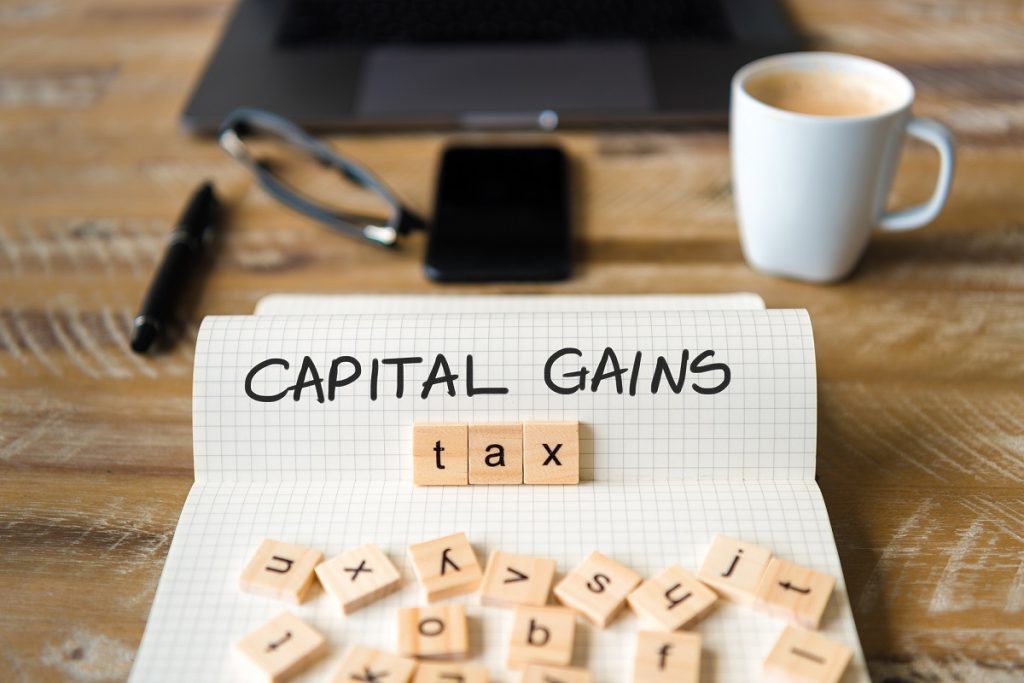
Preparing your business for tax time 2023
For pre 30 June 2023:
- Ensure all superannuation contributions owing on behalf of your employees are paid. Unpaid superannuation at 30 June 2023 is not deductible in this financial year. To be considered as ‘paid’ contributions need to have reached each employees fund (not simply deposited to a super clearing house).
- Pay any staff bonuses
- Review debtors’ listings to identify any bad debts which should be written off
- Where possible, pre-pay any business insurance, interest, subscriptions, utilities or any other business expenses
- Where possible, defer recognition of income by delaying sales and billing of work completed until after 30 June 2023
- Write off or physically dispose of obsolete trading stock
- Review your listing of plant and equipment and identify any items which need to be written off or physically scrapped
- Bring forward the purchase of non-perishable consumables
- Make planned donations to tax deductible charities
- Business owners who are paying themselves a wage and have no other source of taxable income should consider grossing up wages to a maximum of $120,000 each. Please note that PAYG withholding tax of $31,867 needs to be remitted to the Australian Taxation Office to cover a gross wage of $120,000.
Temporary full expensing (significant changes from 30 June 2023)
Currently, under temporary measures eligible businesses can immediately write off the full cost of most assets purchased for business use for tax purposes. This measure extends to the purchase of second hand assets for businesses with turnover of less than $50 million.
The most common restrictions on these measures are:
- Land and buildings are excluded, including renovations
- The deduction for the purchase of passenger cars is limited to $64,741.
In order to claim deductions for the year ending 30 June 2023, the asset must be held and be ready for use in your business by that date.
From 1 July 2023 the ability to claim an immediate deduction for asset purchases will be restricted to assets with a cost base of less than $20,000. Additionally, only businesses with turnover of less than $10m will be eligible to claim this write off.
Superannuation
Careful planning of superannuation contributions can create significant tax savings and assist in wealth creation. However, the laws in relation to superannuation contributions are particularly complex and the tax penalties for exceeding limits are onerous.
The summary below is of a general nature and is not intended to capture all of the exceptions to the general rules which may impact individuals.

Business owner/employee compulsory contributions
If you are being paid a wage as an employee of your own business, you are legally required to make the minimum superannuation contribution of 10.5% of your gross wage on your own behalf (increasing to 11.0% from 1 July 2023). The rules applying to superannuation payable on your own wage as an employee are the same as those applying to wages paid to other employees.
Voluntary contributions
For the year ending 30 June 2023, individual tax payers may claim deductions for personal superannuation contributions to the level detailed below, even if they are receiving superannuation support from an employer.
Contribution dates
To be eligible for deductions, all contributions must be received by your superannuation fund by 30 June 2023. Cheques or electronic transfers not deposited in the bank account of your fund by that date will be deemed ineligible for deductions.
Concessional contribution limits
For the year ending 30 June 2023 the maximum amount of concessional (deductible) superannuation contributions which may be claimed in relation to an individual is $27,500, subject to carry-forward unused concessional contribution rules (see below).
It is important to be aware that this cap represents the maximum deductible contributions from all sources. Therefore, any superannuation support received from unrelated employers or other entities will count towards the limit.
Deducted contributions in excess of these caps will be added to your taxable income and taxed at your applicable marginal tax rate.
Persons aged 67-74 years
Individuals aged between 67 and 74 years at 30 June 2021 are required to pass a ‘work test’ in order for tax deductible contributions to be made by them or on their behalf. This work test requires that a person works at least 40 hours during a consecutive 30 day period during the year in which the contribution is made.
Unlike in previous year, individuals aged 67-74 can make contributions to their super fund even if the work test is not satisfied, however these contributions will not be deductible.
Persons aged over 75 years
A superannuation fund can only accept compulsory superannuation contributions made for you by your employer.
Carry-forward unused concessional contributions
The carry-forward rules allow you to make extra concessional contributions above the concessional contributions cap without having to pay extra tax. This applies when your concessional contributions have not reached the maximum amounts applied in prior years.
For the year ending 30 June 2023, you can use unused concessional contributions cap amounts from the 2018-19 and later years.
To use your unused cap amounts you must meet two conditions:
- Your total superannuation balance at 30 June 2022 was less than $500,000
- You made concessional superannuation contributions in the 2023 financial year that exceeded your general concessional contribution cap.
Please contact us if you require help in determining your unused concessional contribution cap amounts.
Non-concessional contribution limits
For the year ending 30 June 2023, the limit for non-concessional (i.e. non tax deductible) superannuation contributions is $110,000 for all tax payers who are eligible to make contributions.
It is also possible to utilise ‘bring forward’ rules to contribute up to $330,000 in non-concessional contributions for the year ending 30 June 2023. The amount which may be contributed is based on the individuals total superannuation balance (held in all funds) at 30 June 2022 as detailed below:
| Total superannuation balance 30 June 2022 $ | Maximum Non-concessional Contribution year ending 30 June 2023 $ |
|---|---|
| Less than 1.48 million | 330,000 |
| 1.48 – 1.59 million | 220,000 |
| 1.59 – 1.7 million | 110,000 |
| More than 1.7 million | Nil |
Accessing these bring forward rules in the year ending 30 June 2023 will reduce the level of non-concessional contributions which may be made in future years. For example, a member contributing $330,000 during the year ending 30 June 2023 would not be eligible to make further contributions until 1 July 2025 at the earliest.
Individuals with total superannuation fund member balances in excess of $1.7 million will not be eligible to make any further non-concessional contributions while their balance remains above that limit.
Other superannuation considerations
Additional tax is applied to the deducted superannuation contributions of individuals with combined adjustable taxable income and contributions exceeding $250,000. For those individuals, tax is charged at an additional 15% of an individual’s taxable contributions to the extent that total income and contributions exceeds $250,000.
The rules in calculating liability for this tax are complex and are not simply based on the taxable income in your tax return. If you believe you may be impacted, you should contact us in relation to your specific questions.

Capital gains tax
It is important to understand for tax planning purposes that a capital gain or loss arises at the date of signing a contract, not the settlement date.
Naturally, the timing of selling a capital asset will be determined by demand and opportunity.
You should consult with us to determine how your tax position is likely to be impacted and determine strategies which can be employed to reduce any taxable gain, particularly if you are able to control or negotiate the timing of the sale.
You should consult with us to determine how your tax position is likely to be impacted and determine strategies which can be employed to reduce any taxable gain, particularly if you are able to control or negotiate the timing of the sale.
Discretionary Trusts
The ATO has introduced measures which limit the ability of Trustees of discretionary Trusts to attribute profits to adult children or other individuals who do not in fact receive cash payment or other assets to the value of the distributions credited to them.
In general terms, profits credited to these beneficiaries will need to be physically distributed to them (and retained by the beneficiary), either immediately or under a complying loan agreement.
The ATO intends for these measures to prevent notional distributions being made to one family member to obtain the benefit of a lower tax rate on the distribution while another family member is the actual cash beneficiary of the Trust profit.
If you operate a discretionary Trust we encourage you to contact us to discuss the implications of this measure to your particular circumstances.
If your business requires assistance this tax season, please contact us today for a consultation.




